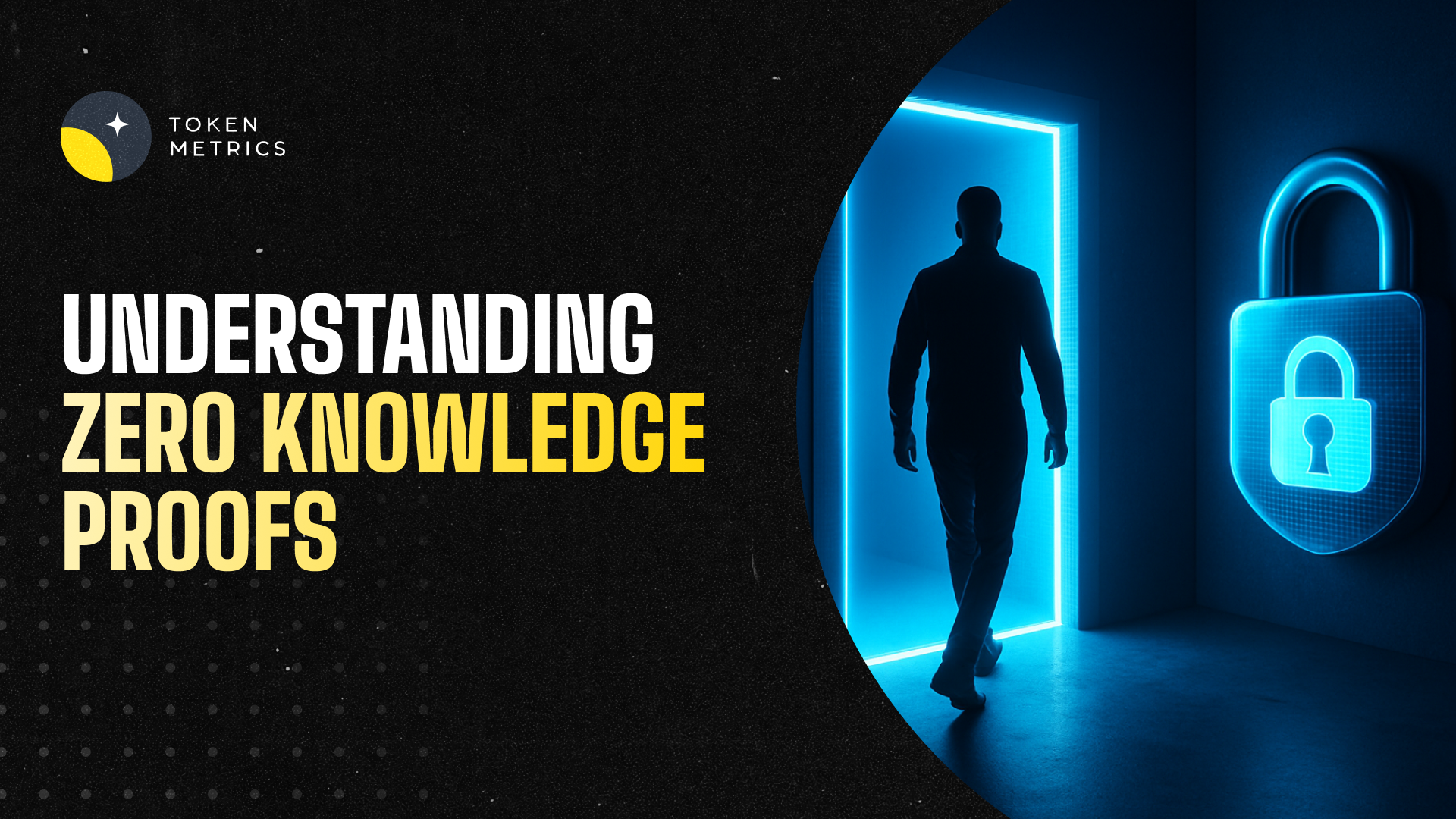Crypto Price APIs - Best Cryptocurrency API List for Real-time Prices

Cryptocurrency price APIs are essential tools for anyone looking to monitor and analyze the performance of various digital assets. These APIs provide real-time price updates and historical data, allowing users to make informed decisions about buying, selling, and trading cryptocurrencies.
There are many cryptocurrency price APIs available in the market, each with its own set of features and benefits. In this blog post, we will explore some of the key features of crypto price APIs, how to use them and why they are important for investors and traders.
Crypto Price API Overview
Crypto Price API is a way to get real-time and historical cryptocurrency price data.
This allows developers, traders, and investors to access accurate and up-to-date information on the value of various cryptocurrencies, including Bitcoin, Ethereum, and Litecoin, among others.
The API is designed to be fast, reliable, and easy to use, with a variety of endpoints and parameters to customize the data returned.
It offers a range of features, including support for multiple exchanges and currencies, customizable time intervals, and access to a range of trading data, including volume and order book information.
Overall, the Crypto Price API is a valuable tool for anyone interested in tracking cryptocurrency prices or developing applications that involve cryptocurrencies.
Types of Crypto Price API
There are several types of crypto price APIs available that provide real-time price data for cryptocurrencies.
The most common type is the RESTful API, which allows developers to retrieve price data using HTTP requests.
WebSocket API is another popular type of crypto price API that provides real-time streaming of data.
The choice of API will depend on the developer's specific needs and the level of detail required for their application.
How to Use the Crypto Price API?
Using the Token Metrics Data API, one can get real-time prices for cryptocurrencies using the Price endpoint.
What’s inside the $TMAI API?
✅ AI-Powered Trading Signals – Bullish and bearish calls backed by over 80 data points
✅ Real-Time Grades – Instantly assess token momentum with Trader & Investor Grades
✅ Curated Indices – Plug into ready-to-use crypto portfolios by sector or market cap
✅ Lightning-Fast Performance – Built for bots, dashboards, dApps, and next-gen trading tools
Whether you’re building a DeFi dashboard, an alpha-sniping bot, or your own crypto terminal — this is your edge.
Getting started is as easy as:
1. Obtaining an API key by signing up for the Token Metrics Data API Plan.
2. Next, you will need to integrate the API into your application or website using the programming language of your choice. This typically involves sending HTTP requests to the API endpoint and parsing the JSON data that is returned.
3. Use the Price endpoint to make a call to the API and get real-time prices of cryptocurrencies.
Learn more about all the available endpoints here.
Crypto Price API Features
For crypto price APIs to be considered good, the following features are required to exist:
Real-Time Price Updates
One of the most critical features of a cryptocurrency price API is real-time price updates. With the volatile nature of the crypto market, it is crucial to have up-to-date information on the latest price changes. A good API should provide real-time data feeds that allow users to track changes in the market as they happen.
Historical Data
Another essential feature of a cryptocurrency price API is historical data. Historical data is crucial for analyzing the performance of a particular asset over time. With this information, traders can identify patterns and trends in the market and make informed decisions about when to buy or sell a particular asset.
Data Aggregation
Crypto price APIs often aggregate data from multiple exchanges, providing users with a comprehensive view of the market. This feature is especially useful for traders who want to compare prices across different exchanges and find the best deals.
Customizable Notifications
A good cryptocurrency price API should offer customizable notifications, alerting users when certain price thresholds are met. This feature is particularly useful for investors who want to receive alerts when a particular asset reaches a certain price level.
Accuracy
It is important for the API to return accurate data that is actionable and free-from error. If that is not the case, traders can lose a lot of money relying on false data.
Best Cryptocurrency API List for Real-time Prices
Here is the list of top crypto API providers with Free and paid plans.
- Token Metrics API
- CoinMarketCap
- CoinGecko
- CryptoCompare
- CCXT
The Bottom Line
In conclusion, crypto APIs play a vital role in the world of cryptocurrency by enabling developers to create innovative applications that interact with various blockchain networks. The best crypto APIs provide reliable and secure access to blockchain data, allowing developers to build applications with confidence and efficiency.
When choosing a crypto API, it is important to consider factors such as pricing, ease of use, security, and the range of features available.
As the ecosystem and toolset surrounding this asset class continue to expand, there has never been a more opportune moment to get started.
Create Your Free Token Metrics Account

.png)




%201.svg)
%201.svg)


%201.svg)
















.svg)




.png)